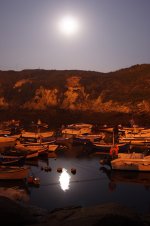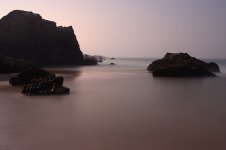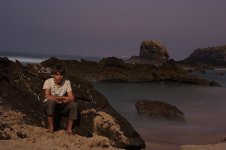pedro.m.reis
Newbie but eager to learn
Hi.
I wanted for a very long time to experiment in long exposures.
Got me a cheapo tripod and tested with the DSLR to see what i could have on film.
For the first test i think i got some nice results http://www.flickr.com/photos/pedromreis/sets/72157594255059740/ but i didnt got a well defined moon, kinda difused Whats the problem? Shake on the tripod?
I wanted for a very long time to experiment in long exposures.
Got me a cheapo tripod and tested with the DSLR to see what i could have on film.
For the first test i think i got some nice results http://www.flickr.com/photos/pedromreis/sets/72157594255059740/ but i didnt got a well defined moon, kinda difused Whats the problem? Shake on the tripod?




